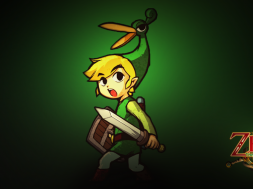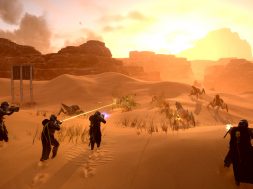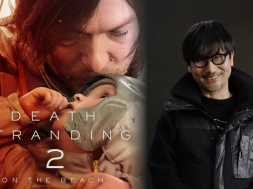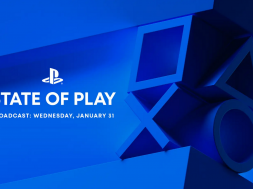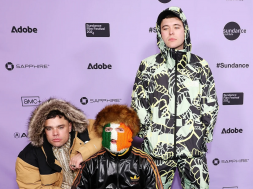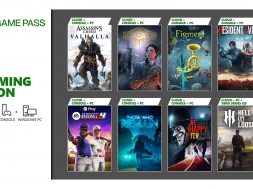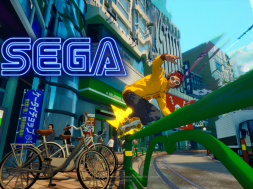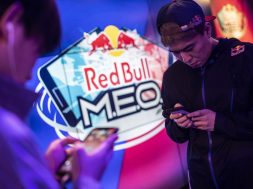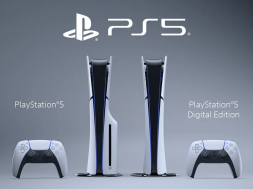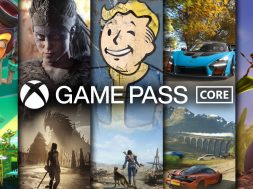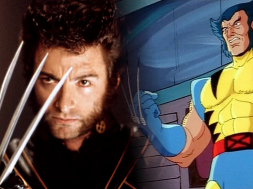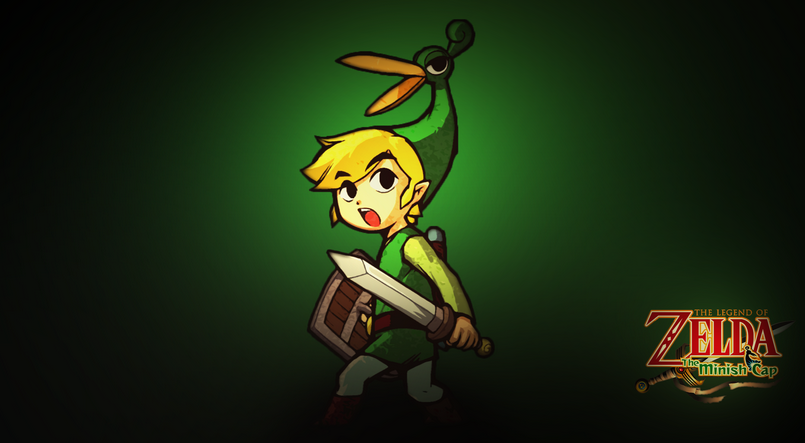
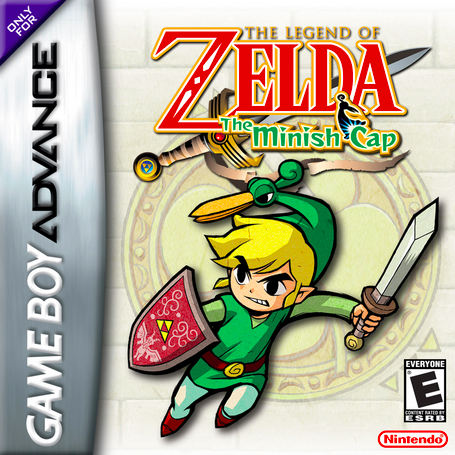
There’s an adage amongst gamers that when it comes to long-running series, the first one any given person plays will always be their favourite. I don’t necessarily think that’s true in my case – the oft-cited example is the Final Fantasy series, and my favourite game in that series isn’t the first one I played. The same is true of The Legend of Zelda. My very first game in the series was Link’s Awakening DX, way back in the days of yore on the Gameboy Colour, but the game in the series I always remember most fondly is The Minish Cap. I don’t even know if I’d call Minish Cap my overall favourite, honestly, and if you were to ask me on another day I’d probably give you a different answer. But for the purposes of this column, let’s delve into this handheld gem and explore why I remember it so fondly from my childhood.
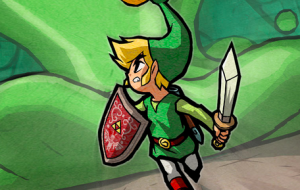 It was released on the Gameboy Advance in 2004, and I never actually bought it myself initially, as a matter of fact. I was in Primary 7 (around 11 years old, then. I know it’s confusing, I am foreign, I do apologise) and we were ‘rehearsing’ for our end-of-year senior school play since there’s apparently nothing else to do for an entire year of school when you’re 10-11 years old. I had a single scene where I got killed, so the vast majority of rehearsal time for me was playing my Gameboy Advance and sleeping in the gym hall. I’m not quite sure how, but I somehow came into possession of a Minish Cap cartridge and ended up playing it with a dude in the same year who I’d only spoken to a few times. Said dude is now one of my best friends even after all this time, so that speaks for the kind of impact such a small game has had on my life.
It was released on the Gameboy Advance in 2004, and I never actually bought it myself initially, as a matter of fact. I was in Primary 7 (around 11 years old, then. I know it’s confusing, I am foreign, I do apologise) and we were ‘rehearsing’ for our end-of-year senior school play since there’s apparently nothing else to do for an entire year of school when you’re 10-11 years old. I had a single scene where I got killed, so the vast majority of rehearsal time for me was playing my Gameboy Advance and sleeping in the gym hall. I’m not quite sure how, but I somehow came into possession of a Minish Cap cartridge and ended up playing it with a dude in the same year who I’d only spoken to a few times. Said dude is now one of my best friends even after all this time, so that speaks for the kind of impact such a small game has had on my life.
It introduces a new element to the series; a race of thumb-sized gnome-type creatures called the Picori, or the Minish. The titular Minish Cap is actually one of these creatures, a sage named Ezlo, who created a cap which granted any wish to its wearer. His apprentice, Vaati, used the cap to gain power for himself and move into the human world, turning Princess Zelda to stone and hoping to extract the light force from her (not the Triforce for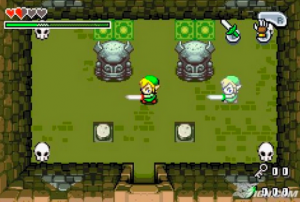 some reason, but hey, I didn’t write the game). When Ezlo tries to chase Vaati down, he is turned into a sentient hat with a duck-like bill. Our intrepid hero, Link, stumbles across the hat and, using Ezlo’s power, he can shrink himself down to Minish size to explore the hidden world of the Picori amongst human society. He is tasked with retrieving the four elemental stones to power up the Four Sword, face Vaati and rescue Princess Zelda. If that plot sounds a bit silly… it’s because it is! It’s lighthearted and doesn’t trip up over the main series’ established characters and mythology, since it’s part of the Four Swords side-series. It keeps the story to a minimum and lets you get on with the gameplay without interrupting you with a hand-holding cutscene every so often.
some reason, but hey, I didn’t write the game). When Ezlo tries to chase Vaati down, he is turned into a sentient hat with a duck-like bill. Our intrepid hero, Link, stumbles across the hat and, using Ezlo’s power, he can shrink himself down to Minish size to explore the hidden world of the Picori amongst human society. He is tasked with retrieving the four elemental stones to power up the Four Sword, face Vaati and rescue Princess Zelda. If that plot sounds a bit silly… it’s because it is! It’s lighthearted and doesn’t trip up over the main series’ established characters and mythology, since it’s part of the Four Swords side-series. It keeps the story to a minimum and lets you get on with the gameplay without interrupting you with a hand-holding cutscene every so often.
The dungeons are fantastic, and that’s ultimately what Zelda is about. The Palace of Winds especially is one of the best dungeons in the series, featuring a boss fight that involves flying on the back of a giant sky manta and hopping between it and smaller sky-mantas, and is easily one of the high points of the game. The concept of shrinking down to pixie size is played with nicely throughout the game, with harmless things at human size becoming terrifying obstacles at tiny size. For example, the boss of the first dungeon is a Chu-Chu, those little green jelly things that are basically just an annoyance normally, but are at least five times the size of Minish Link. Another instance is the top of the game’s lead-up to the fire dungeon, Mt. Crenel, when the top of the mountain is being pounded by torrential rain, and tiny Link has to dodge the falling droplets, which are as massive as the Chu-Chu boss, or suffer some serious damage.
Despite the sparse narrative, the game does have an arc for Ezlo, transforming him into a grumpy old man in the beginning into a… well, still kind of grumpy, but sweet and kind companion. The ending where Ezlo passes back into the world of the Minish through a gate which only 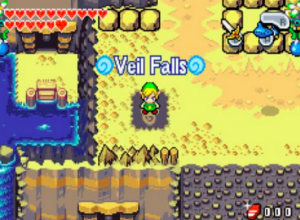 opens once every hundred years, acknowledging he’ll never see Link again, is surprisingly touching and tear-jerking (in a happy way, mind) for a 2D plot-thin Zelda game, and it’s one of the more emotional moments in the series as a whole.
opens once every hundred years, acknowledging he’ll never see Link again, is surprisingly touching and tear-jerking (in a happy way, mind) for a 2D plot-thin Zelda game, and it’s one of the more emotional moments in the series as a whole.
I think that’s why this game means so much to me. The Kinstone sidequest (where you fuse medallions with NPCs to get bonuses) can be looked at as a metaphor for friendship and bonds having a lasting impact on the world. It almost certainly wasn’t meant to be read metaphorically, but it ties into the overarching theme I’m going for here, so it works. The bond between Link and Ezlo will last even when the two can never meet again, especially since Ezlo gives Link his iconic green hat at the end, reminding Link of his adventures with Ezlo every time he puts it on. And as I mentioned above, it helped me make bonds of my own too, in the real world. Over ten years later I’m still friends with the people that this game brought me close to and, for that reason, it’ll always have a place in my heart. It’s a perfectly-sized game, with lots of content yet not outstaying its welcome, and because of that short length I replay it at least once a year. When I do, I’m that 11-year old kid again, in that gym hall, making friends through a shared love of gaming and having the time of my life. That’s the kind of power games can have, and for me, Minish Cap was more powerful than most.
